©2019 TP-Link 7106508332 REV2.0.0
Before your start
Operation Mode
Access Point Mode
(Default Mode)
Range Extender Mode
Scenario
You want to transform your wired (Ethernet) network to a
wireless one.
Which mode do you need? Refer to the table to choose a proper mode.
Multi-SSID Mode
You want to connect your devices to dierent wireless
networks and become isolated by VLANs.
Client Mode
You have a wired device with an Ethernet port and no wireless
capability, for example, a Smart TV, Media Player, or game
console. You want to connect it to the internet wirelessly.
You are in a Wi-Fi dead-zone or a place with weak wireless
signal. You want to have a larger eective range of the
wireless signal throughout your home or oce.
Access Point Mode (Default)
Transforms your existing wired network to a wireless one.
Existing Router
Internet
A
B C
D
Quick Installation Guide
Wireless Gigabit Access Point
TL-WA1201
Congure the Access Point
Tips for Optimal Wireless Signal
• Halfway is the best way.
Generally, the ideal location for a repeater is about halfway between your wireless router and your
wireless clients and make sure that the location you choose is within the range of the host router. If
that is not possible, place it closer to your wireless router to ensure stable performance.
• Less obstacles ensure better performance.
Choose a location with less obstacles around that may block the signal between the access point and
the host network. An open corridor or a spacious location is ideal.
• Less interference provides more stability.
Choose a location away from Bluetooth devices and other household electronics, such as cordless
phones, microwaves, and baby monitors to minimize signal interference.
Router Devices
Halfway
1. Connect the access point according to Step A to D in the diagram.
2. Turn on the power, and wait until the Wireless LEDs ( ) are lit and stable.
3. Use the default SSID and Password printed on the label of the access point to
join its Wi-Fi network.
Note: You can surf the internet now. For your wireless network security, it is recommended to change the default SSID
(network name) and the password of your Wi-Fi network. To do so, perform the following steps.
Enjoy!
4. Launch a web browser and enter http://tplinkap.net. Create a password to log in.
5. Go to Quick Setup, select Access Point mode and click Next. Follow the
step-by-step instructions to complete the conguration.
6. Now, reconnect your wireless devices to the new Wi-Fi network.
Range Extender Mode
Extends the range of an existing Wi-Fi network.
Internet
TL-WA1201’s SSIDHost AP’s SSID
B A
1. Connect the access point according to Step A and B in the diagram.
2. Turn on the power, and wait until the Wireless LEDs ( ) are lit and stable.
3. Use the default SSID and Password printed on the label of the access point to
join its Wi-Fi network.
4. Launch a web browser and enter http://tplinkap.net. Create a password to log in.
5. Go to Quick Setup, select Range Extender mode and click Next. Follow the
step-by-step instructions to complete the conguration.
Enjoy!
6. Relocate the access point to a suitable place. For details, refer to the tips below.
7. Now, connect your devices to the access point wirelessly or via an Ethernet
cable.
TL-WA1201’s SSID
OR OR
TV
Other
Wired
Device

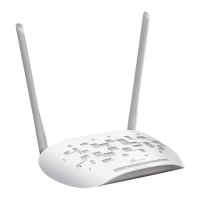
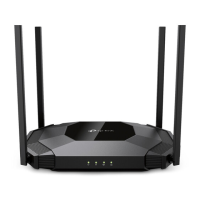
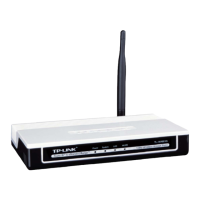
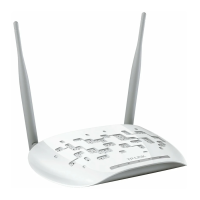
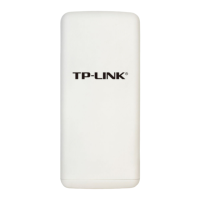
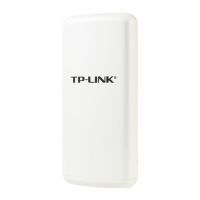
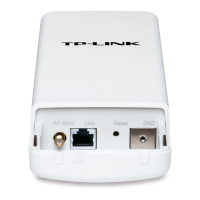
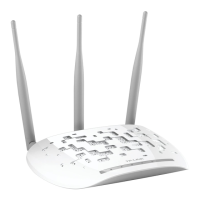
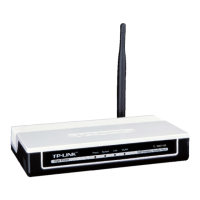
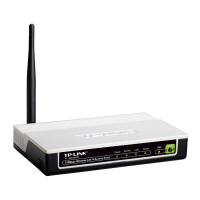

